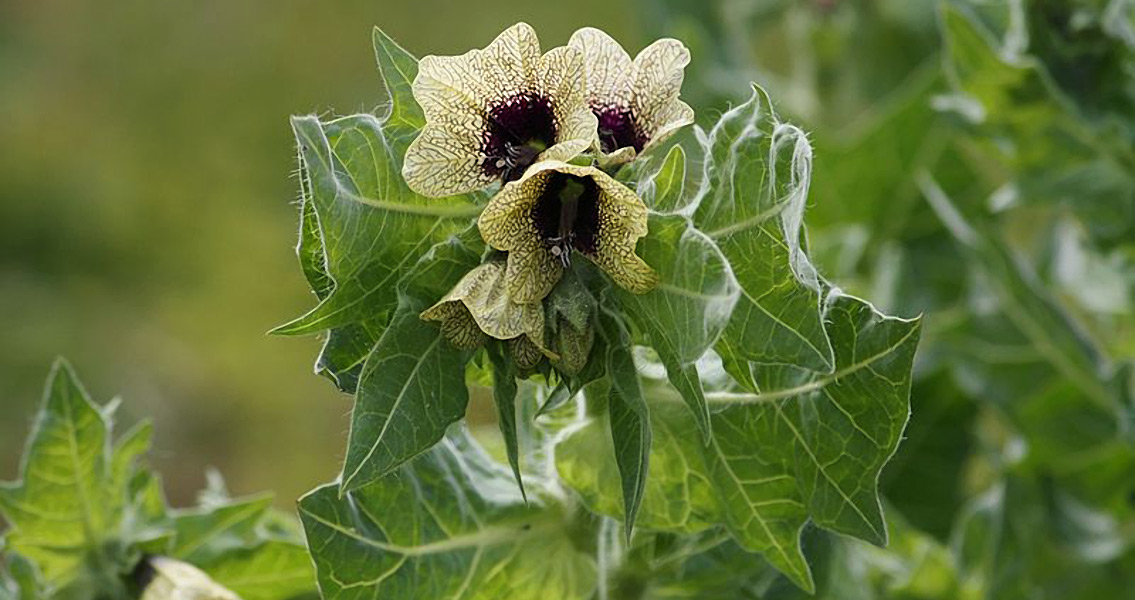<![CDATA[A team of scientists from Australia and Japan have uncovered a significant amount of henbane seeds in Kaman-Kalehoyuk, a settlement mound that was occupied from the Iron Age to the Ottoman period. The seeds were found in a hearth dating from the Ottoman period, more precisely between the fifteenth and seventeenth centuries. There were 112 seeds, all charred, suggesting the herb was fumigated and used for medicinal purposes, Ancient Origins reports. The authors of the study are quoted as saying that this was the most logical conclusion given the fact that henbane is not suitable for eating or using as fuel. Henbane, whose official name is Hyoscyamus niger, and is also known as stinking nightshade, has been in use as a medical treatment as well as a hallucinogenic drug for centuries. The plant’s origins are in Eurasia but today it grows across the world. The plant is from the same family as potatoes and tomatoes, the Solanaceae, and is also a cousin of belladonna and mandrake. Ancient Greeks believed that those who ate stinking nightshade could see the future. During Roman times it was used as a sleeping aid and painkiller. Pliny, the Roman scientist and herbalist, shunned it however, as “offensive to the understanding”, writes M. Grieve in “A Modern Herbal”, because it was of the same nature as wine. The plant was also used in love potions and later, during the Middle Ages, it was considered one of the most common ingredients of the flying potions that witches made, according to White Dragon magazine. Henbane contains substantial amounts of several alkaloids, including atropine, hyoscyamine, and scopolamine. All of these substances have wide medicinal uses, including the relief of nausea and stomach cramps, anesthetic during surgery, and the relief of most of the symptoms of Parkinson’s disease and a host of other conditions. At the same time, however, these alkaloids can cause dizziness and psychotropic effects, especially if the seeds are used, as their concentration is highest in the seeds. Medicine today still uses the leaves of the plant for treatments. During Ottoman times, henbane was called beng or benc and was widely used for toothache, earache, and eye irritations, writes Ancient Origins. The two common forms in which the plant was administered were pills and smoke inhalation, according to historical documents. With regard to toothache in particular, it seems that inhalation of the smoke was the most common method. The seeds were also mixed with other substances, such as black pepper and opium, as one document, from 1608, states. Although the use of henbane seeds is relatively well documented for the period, until now there was no actual evidence of the seed fumigation practice – hardly surprising given the size of the seeds is about a millimeter. The Kaman-Kalehoyuk discovery, by Rohan S.H. Fenwick from the School of Social Science at the University of Queensland and Sachihiro Omura from the Japanese Institute of Anatolian Archaeology, is the first evidence of this practice in Asia. For more information: “Smoke in the eyes? Archaeological evidence for medicinal henbane fumigation at Ottoman Kaman-Kalehoyuk, K?rsehir Province, Turkey” Image courtesy of Wikimedia Commons user: Anneli Salo]]>
First Evidence of Henbane Medicinal Use Unearthed in Turkey
